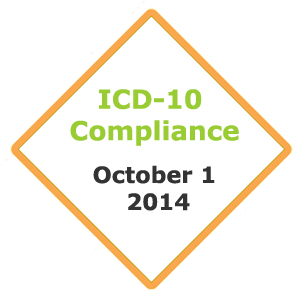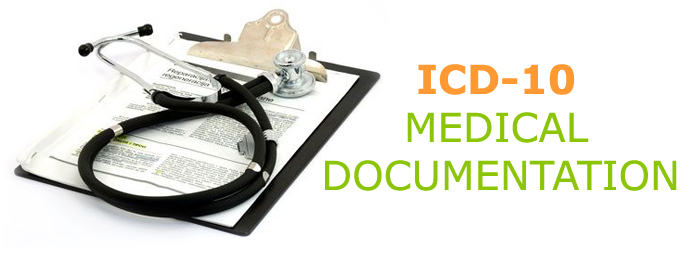 October 1, 2014 is the date set for ICD-10 compliance. The number of diagnostic codes will increase from about 14,000 to around 69,000 while the number of procedure codes will increase from around 3,000 to about 87,000.
October 1, 2014 is the date set for ICD-10 compliance. The number of diagnostic codes will increase from about 14,000 to around 69,000 while the number of procedure codes will increase from around 3,000 to about 87,000.
The specificity required for medical documentation will increase when ICD-10 medical codes come into effect. Physicians’ practices will have to ensure that their dictation is accurately transcribed to ensure the quality documentation required for reimbursement.
The ICD-10 code sets have basic structural and conceptual changes that set them apart from ICD-9. Compared with ICD-9, ICD-10 calls for much greater detail on the location of ailments, cause and type, and complications or manifestations. For instance, asthma is listed as “mild,” “mild intermittent,” “mild persistent,” “moderate persistent “or” severe” in ICD-10. So physicians will have to start thinking about how they can provide sufficient documentation to medical coders.
Many practices are implementing electronic medical record (EMR) not only to avoid meaningful use penalties in 2015 and ensure proper Medicare payments, but also in the belief that it will help with their documentation. However, physicians will find data entry into the EMR (electronic medical record) difficult. Moreover, just entering data into drop down menus would miss out on valuable details. The doctor’s notes on the patient’s story are often crucial to diagnosis and treatment and cannot be captured through the EMR. Only accurate transcription of these notes can provide the entire picture.

A professional medical transcription company should ready itself for the transition to ICD-10 by updating its procedures and technology, and preparing its staff to handle the new and increased documentation requirements of healthcare providers.


